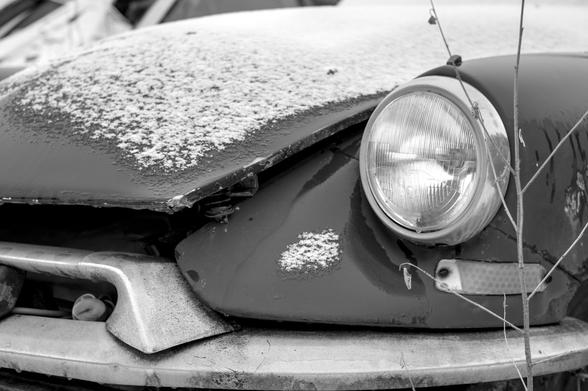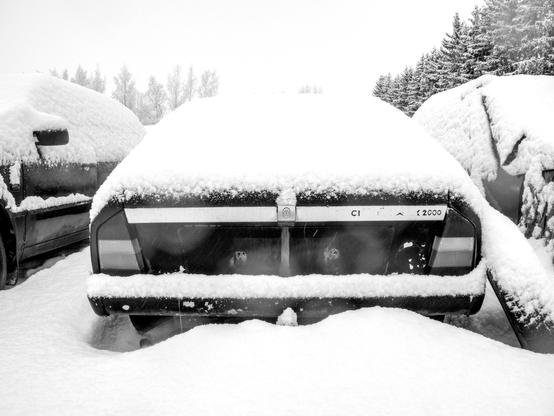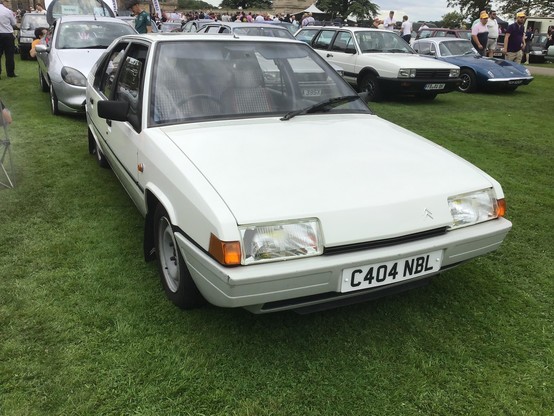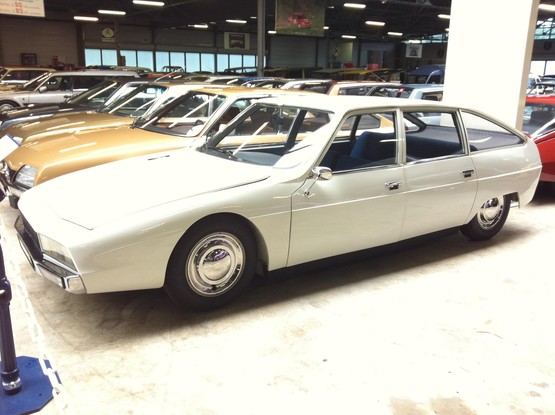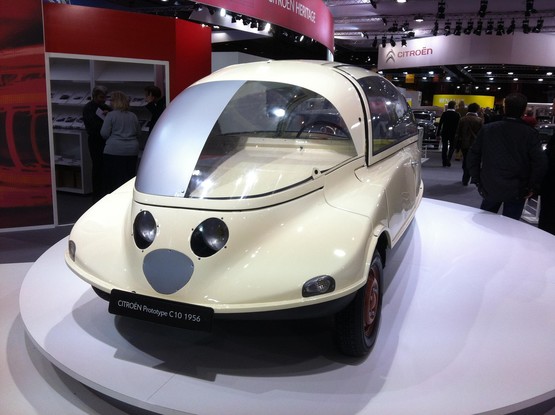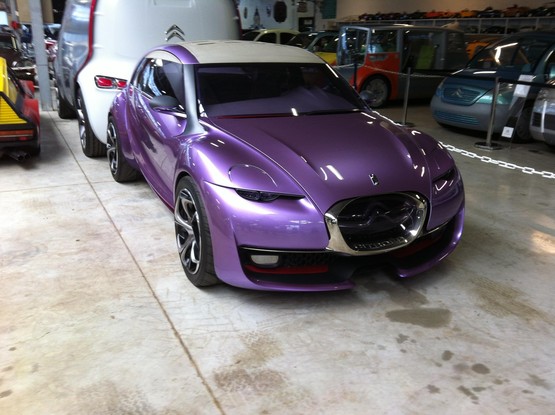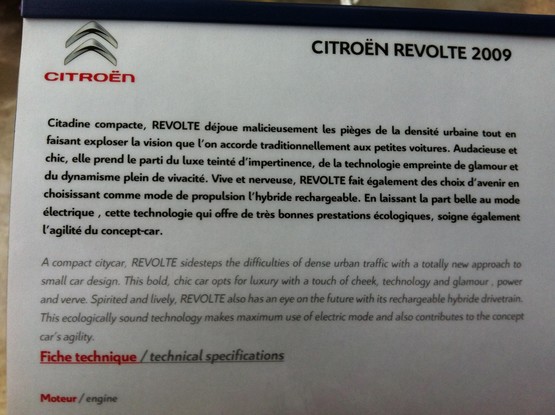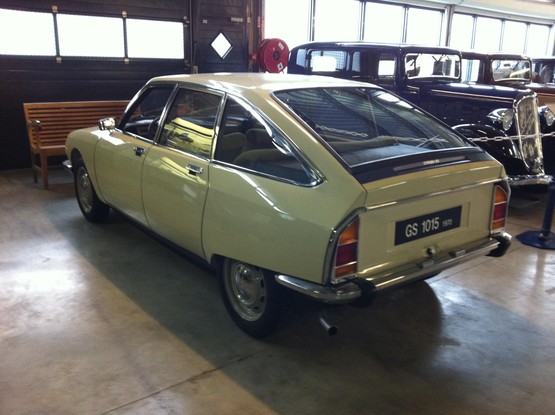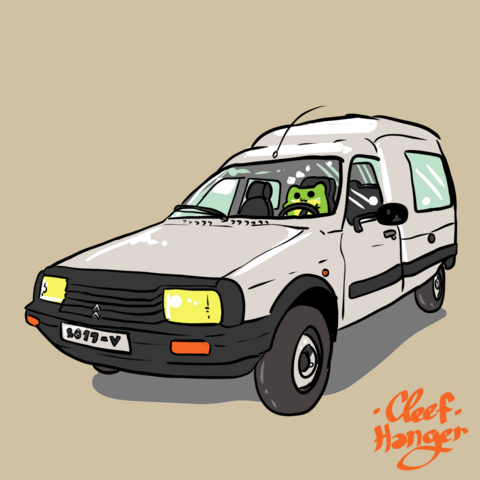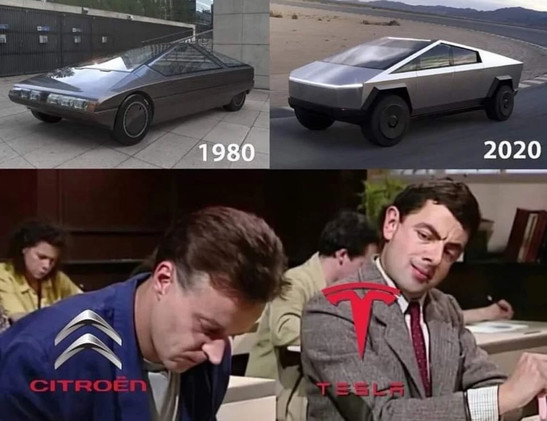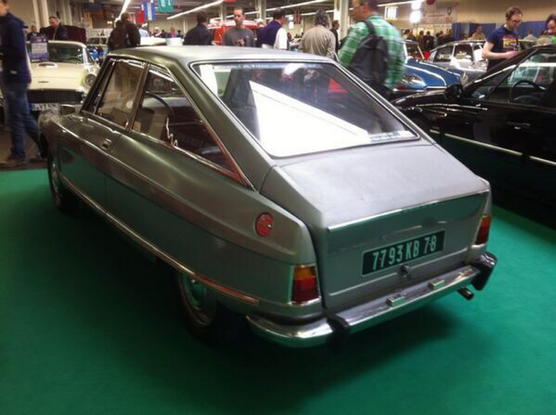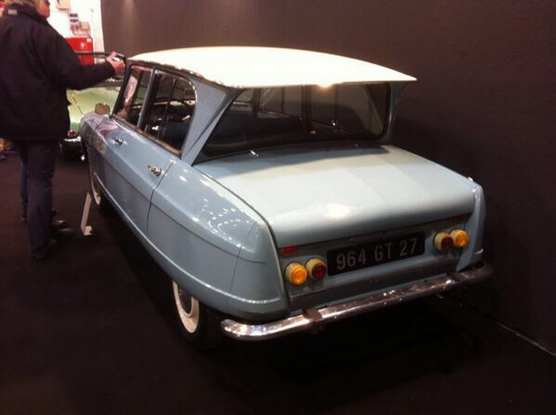Recent searches
Search options
Today, at the request of @mcSlibinas, we’re looking at the Citroën BX, the predecessor of the Xantia I posted yesterday. The BX, introduced in 1982, was a sister car of the Peugeot 405, although it retained Citroën’s distinctive oleo-pneumatic suspension. I captured this early example at this year’s Festival of the Unexceptional. Later models had slightly altered frontal bodywork and a less distinctively ‘Citroëny’ dashboard.
Today, one more Citroën DS from the hand of Henri Chapron. This is the two-door coupé ‘Le Dandy’, seen at Techno Classica Essen in 2014. This car dates back to 1965.
Another fascinating vehicle from the oeuvre of Robert Opron, who served as Citroën’s design chief in the 1960s and 1970s. This Project L prototype from 1971 was a staging post in the development of the CX, the car that replaced the DS in 1974. Photograph taken at Citroën’s Conservatoire near Paris in 2012.
Today, we’re looking at another advanced Citroën prototype/concept, the C10 from 1956, seen here at the Rétromobile classic car show in Paris in 2014. The aerodynamic teardrop shape was combined with a roomy lightweight body and the tiny 425cc engine from the 2CV. Hydropneumatic suspension. The C10 didn’t go into production but gave a strong indication of Citroën’s thinking on efficiency, which was reflected in many of the company’s later models.
After yesterday’s Revolte, today we are looking at another Citroën concept car, the Karin, which was unveiled at the Paris Motor Show in 1980. The Karin was noted for its ‘pointy’, almost pyramidal top half, which culminated in a very small roof panel. It had three-abreast seating, with the driver taking the central position. The photo shows the rear of the car, in case you were wondering. Photo from a visit to Citroën’s Conservatoire in 2012.
Today, another gem from Citroën’s own collection, the Revolte concept car. The Revolte was unveiled at the 2009 Frankfurt Motor Show. It was a showcase for Citroën’s then emerging thinking on hybridisation. Visually, it drew inspiration from the 2CV. Very purple. Snappped in 2012.
Today, we’re sticking with Citroën in the form of this GS from the first year of production, 1970. The GS was a notably advanced design for the time, featuring hydro-pneumatic suspension and an aerodynamically favourable fastback (but not hatchback) shape, which caused Citroën to fit a small one-litre (air-cooled boxer) engine to early cars. Slightly larger engines were offered later on. Pics from a 2012 visit to Citroën’s Conservatoire near Paris.
Froggelio is driving in the most reliable car of the history of cars.

Froggelio llevando el coche más fiable y todoterreno de la historia.
This was posted on #Facebook earlier as a nostalgic photo of Los Angeles in the 1980’s (far more pollution than today, in passing).
Is that a #Citroën Méhari beach car? I think it is! The Méhari was basically a 2CV with a beach body.
The #Méhari weighed approximately 535 kg (1,179 lb), with the fully independent suspension, chassis and the 602 cm³ flat twin petrol engine of the 2CV6 (6 for 600).
#WeirdCar #CitroënMéhari #LosAngeles
@disco3000 @ExistenzKetzer @JEV @TwraSun
Meine Recherche bezüglich gebrauchtem #eAuto
Für Pendelstrecken von 20km:
#Citroen c-zero/Renault iOn/Mitsubishi iMiev 2011-16 48kW 16 bzw 14,5kWh nutzbar (nach 12 Jahren und 120.000 km evtl noch 50km Reichweite im Sommer, im Winter 40km) ähnlich #VW eUP (18,7 bzw 16,4kWh nutzbar)
Für Pendelstrecke von 40km gibt es unter 10k:
#Renault Zoe 25,9 bzw 22kWh 2013 (Modulwechsel kostet 2-6k mit Gebrauchtmodulen, kein kompletter Akkutausch; Renault garantiert nach 160 000km oder 8 Jahre min. 70% Batteriekapazität bei Miete, was es auch einhält, s.u.) oder Nissan Leaf 2012 24kWh nach 120 000 km (sollte etwa 70% bis 80% der ursprünglichen Kapazität haben, also min. 82km Reichweite, bzw. Winter 65 km; Achtung wegen Adapter)
Für Pendelstrecke von 110km würde ich eher ~40kWh schauen (zB Zoe 2017, großer Gebrauchtmarkt!). Oder man lädt nahe der Arbeit.
Von Zoes gibt es tolle Langzeitberichte:
https://www.electrive.net/2022/05/10/renault-99-prozent-aller-zoe-akkus-noch-einsatzfaehig/
30k 95%
90k 85%
150k 75%
200k 71%
https://insideevs.com/features/387950/renault-zoe-covered-300000-km/
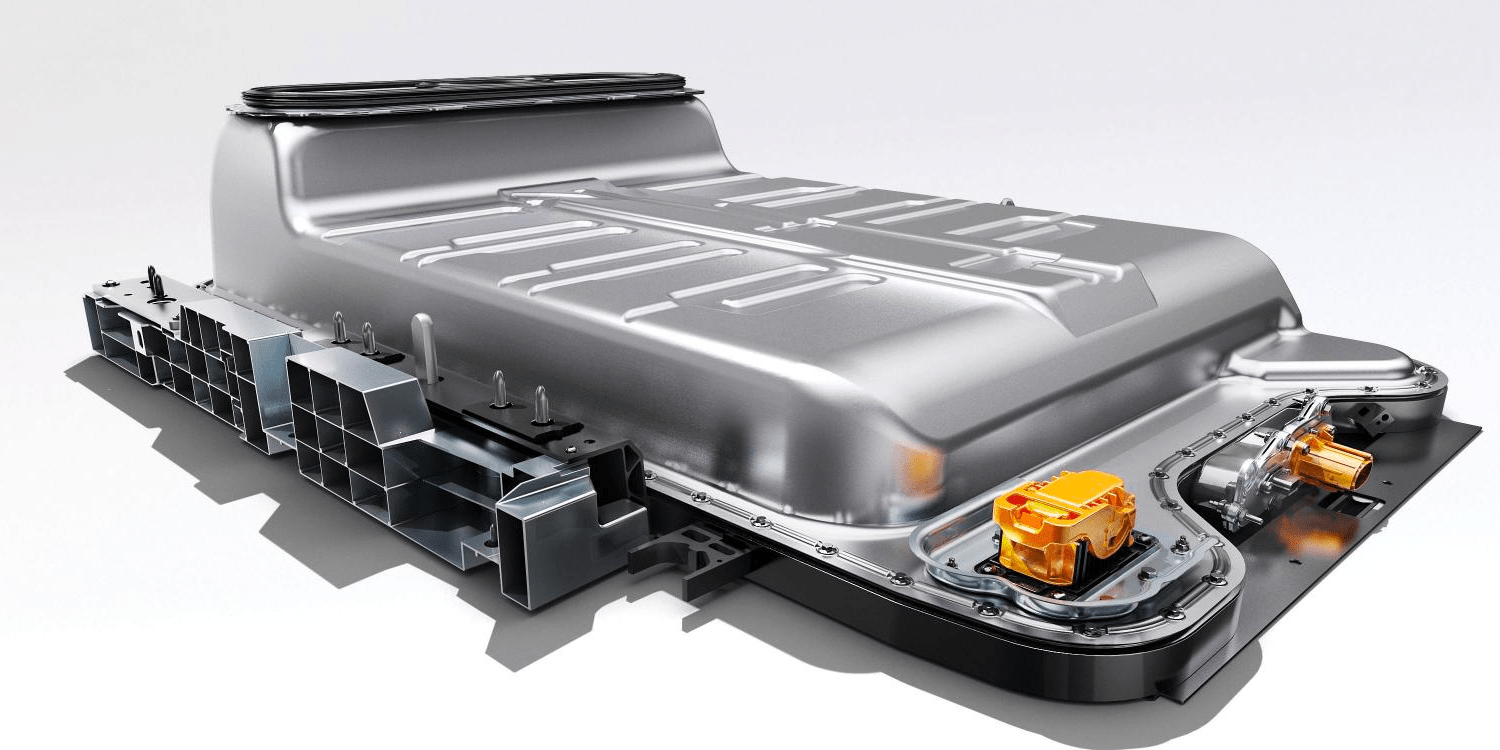
Citroen 2CV in a beautiful blue Kodak Duaflex II
Film: #lomometropolis #120film
Staffordshire, UK; May 2023
#filmisnotdead #believeinfilm #filmphotography ën #citroen #citroen2cv #classiccar #lomo #Lomography
Citroen and a tree Zenit E
Mir-1b 37mm
Film: #kentmerepan100 #35mm
England; April 2023
Did a good long test drive of the #Citroen #eJumpy (#eDispatch in some countries) #EV #van. Close to 600km of driving, including motorway, city, rain and sunshine. Highest temperature roughly 20C and lowest I think was 11. Excellent comfort and good, basic workhorse functionality. Range was OK for this run but I’d still be a bit concerned about real winter range when the thermometer hits -20C. Would be quite useful otherwise. Ask me if you have questions about it.
Can someone explain how it makes sense that an #Opel #eVivaro / #Citroen #eJumpy Crew Cab #EV van (3 second rate seats in the rear) is more expensive, even with fewer features, than the equivalent #Zafira minibus / people carrier with lots of bells and whistles?
Not sure if that’s the case elsewhere, but certainly it is in Finland. It feels like the van versions are 10K more expensive than they should be.
As well as being Citroën's first testbed for rotary engines, the Ami-based M35 (left) featured hydropneumatic suspension and this stylish fastback rear bodywork by Heuliez. The M35 was based on the Ami 8 but the original Ami 6 (right) had this completely different reverse-rake rear window. Remember that reverse-rakery because it provides the link that transitions #davidsdailycar away from #Citroen to a new subject sequence starting tomorrow. Both photos: #TechnoClassica 2014. #WeirdCarMastodon



